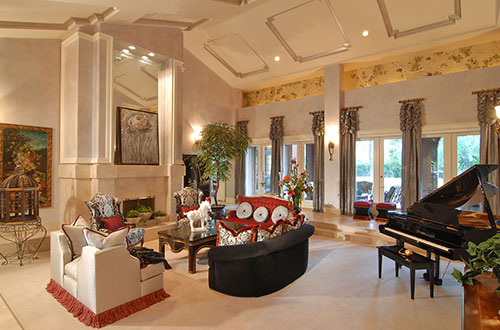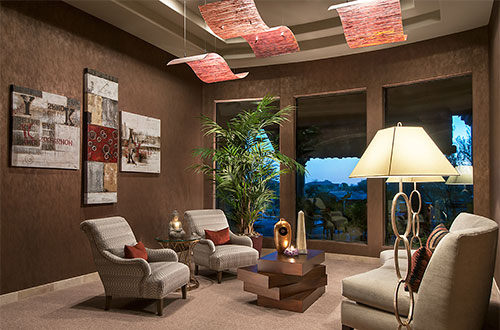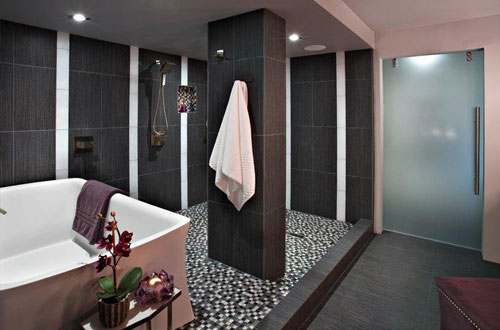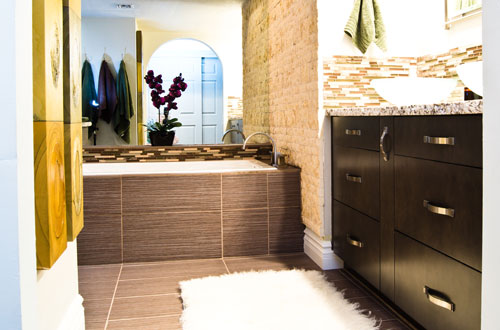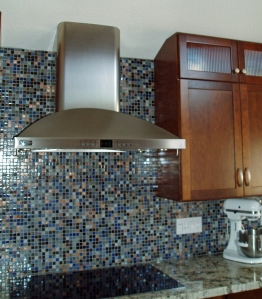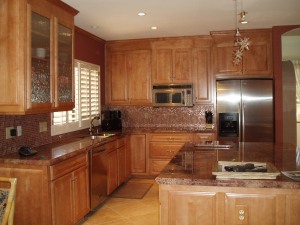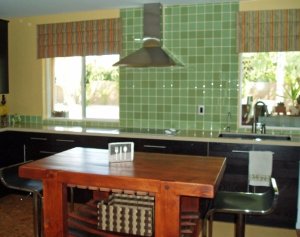Below is a guest post focusing on the back splash design element for the kitchen. When S Interior Design works with their clients on kitchen remodels, we generally select the larger design elements such as counter tops and cabinet style before selecting the back splash materials. There are however situations where the ‘perfect’ back splash material guides the design direction and we build from that design element. The article below is easy to read and provides guidance on how to select the best material for your back splash taking not only looks but functionality into consideration.
How to Choose the Perfect Kitchen Backsplash
A great kitchen backsplash is not only functional, protecting your walls from grease and dings, it’s also beautiful, a design statement that adds to the beauty of your home and the character of your space.
The options for style, materials, pattern, and color are endless, so the task of choosing one can be overwhelming. In order to help you choose the right one for your kitchen, here are six questions to ask when choosing the right kitchen backsplash for you.
1. How much do you want to spend?
The first question you should ask yourself is how much money you want to spend on the project. The size of your budget will affect the quality and brand of material you are able to buy. It will also affect whether you will be able to hire a professional to do the installation or whether you will need to take on the task yourself.
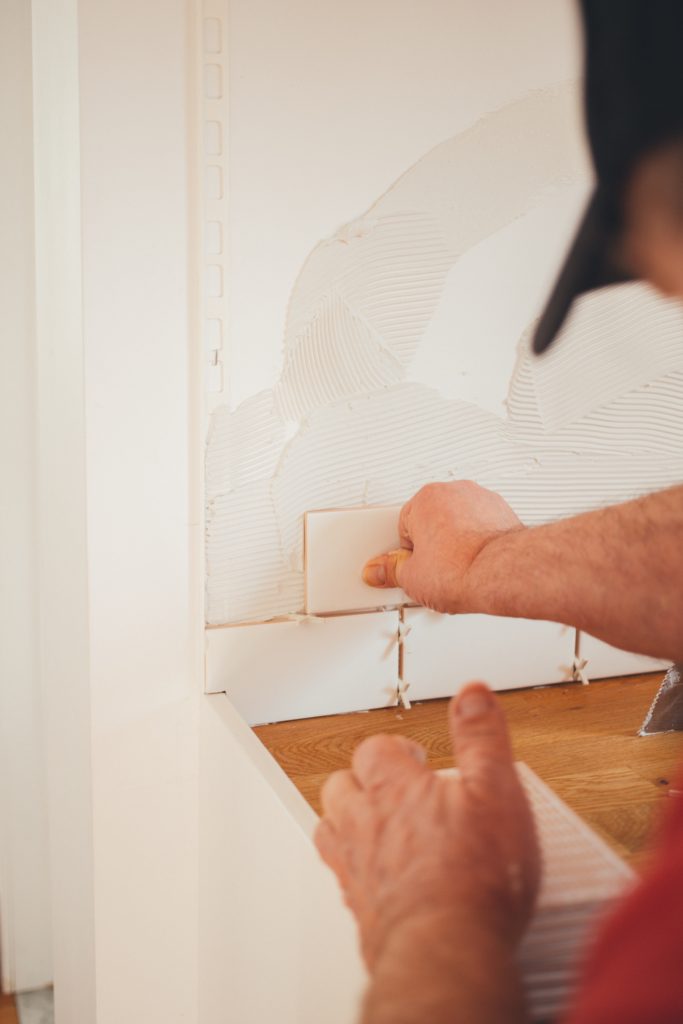
Before you start shopping, identify your budget and stick to it. You’ll be more pleased with the result if you don’t stretch your funds beyond their limit.
2. How often do you cook?
If you cook regularly, you’ll want to make sure you choose a backsplash material that is durable, stain resistant, and easy to clean. Classic subway tile is stylish and versatile and is very easy to clean. Brick is classic and durable, but it’s tough to clean and will show grease stains over time. Stone, however, is one of the most durable materials you can use for your kitchen surfaces, but it often comes at a steep price.
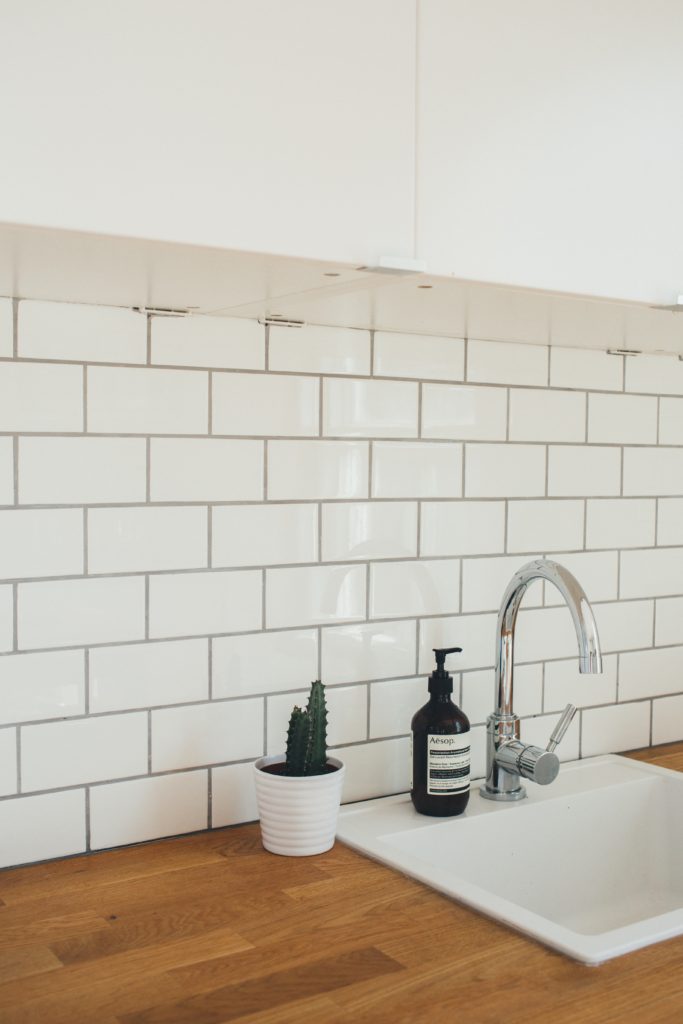
Whatever you choose, the rule of thumb is that the more often you cook, the tougher, more heat-resistant, and long-lasting the material should be.
5. How much space do you have?
The amount of space you have for your backsplash will help determine whether you should go simple or busy with your backsplash design. This will also affect how much you have in your budget to spend on your backsplash material. You can make a great statement with an interesting material, pattern, or color across a small and concentrated space.
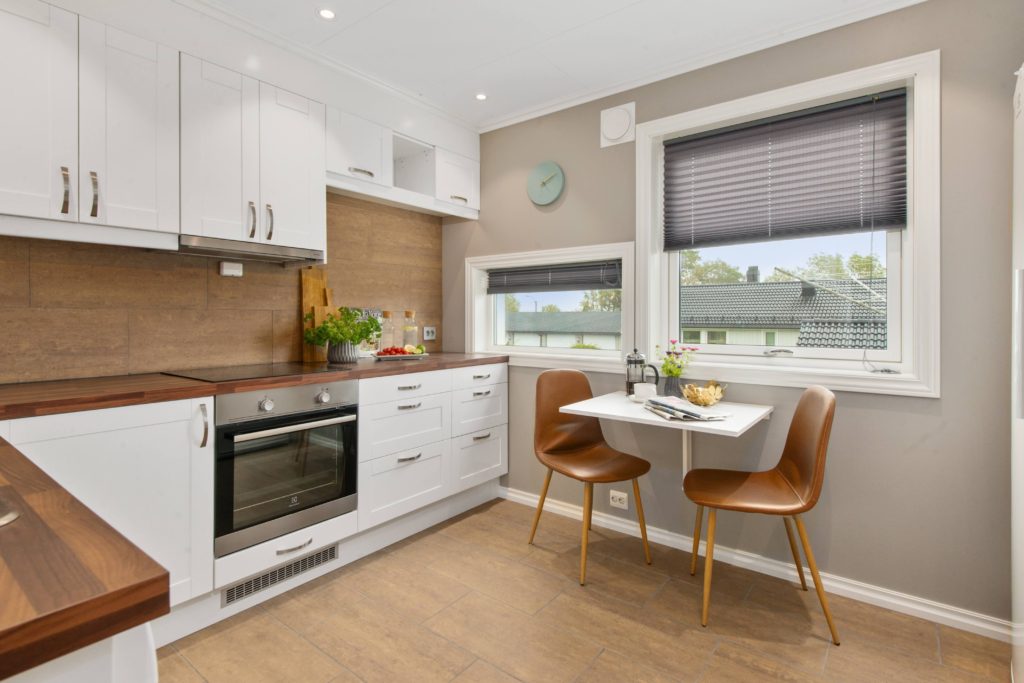
Keep in mind that busy tile patterns, when applied across a large area, can overwhelm a room and grow tiresome over time. The larger the space, the simpler the pattern should be.
3. Do
you want to install the backsplash yourself?
If you choose a backsplash material or tile that
requires intricate designs or hefty cutting materials, you may be better off
hiring a professional to handle the installation.
Most DIYers can handle simple running bond or stack bond tile patterns, but herringbone and parquet-inspired styles may be more of a headache than they’re worth, so calling in the pros may save you a great deal of time and frustration. How much you’re willing to spend on the project will affect whether you can afford to hire a pro, of course.
4. What is the style of your kitchen?
Do you like sleek and modern or traditional and timeless? Is your home rustic or minimalist? Trendy or classic? The style of your home and especially the style of your kitchen will affect the type and style of backsplash you choose. Fish scale tile says trendy and playful, marble says stately and tasteful, subway tile says classic and sensible. Whatever you choose, don’t forget to coordinate it with the style you love.
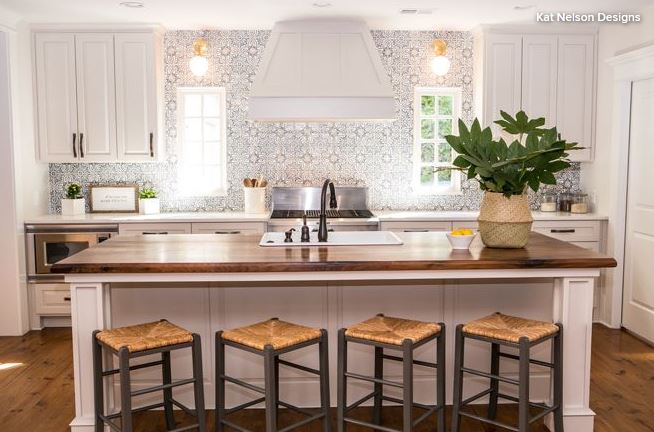
You’ll also want to make sure that your backsplash coordinates with your countertops, cabinets, appliances, and flooring. If you need help picturing the finished product, try a design app that lets you take photos of you space and try on new styles.
6. How do you want your space to feel?
Once you’ve decided on the style you’re going for, you should then decide the way you want your kitchen to feel. Do you want to convey simplicity and function or are you looking for luxury and decadence? Do you want to reflect light into the room or create a sense of comfortable warmth?
If you want to create a light and airy feel in your home, then choosing a light-colored or transparent material is the way to go. Avoid dark soapstone and marble and heavy brick.
If you want to create a feel of luxury and indulgence, then heavily veined marble or sturdy granite might be the right choice for you (granite is very durable and heat-resistant as well).
